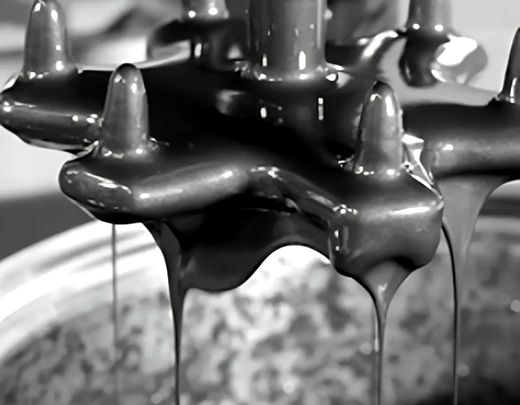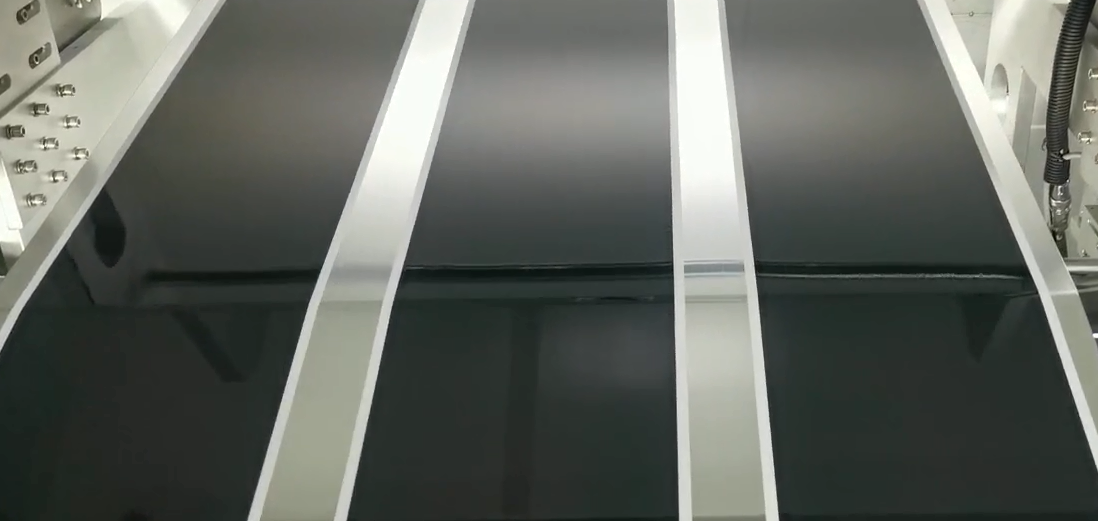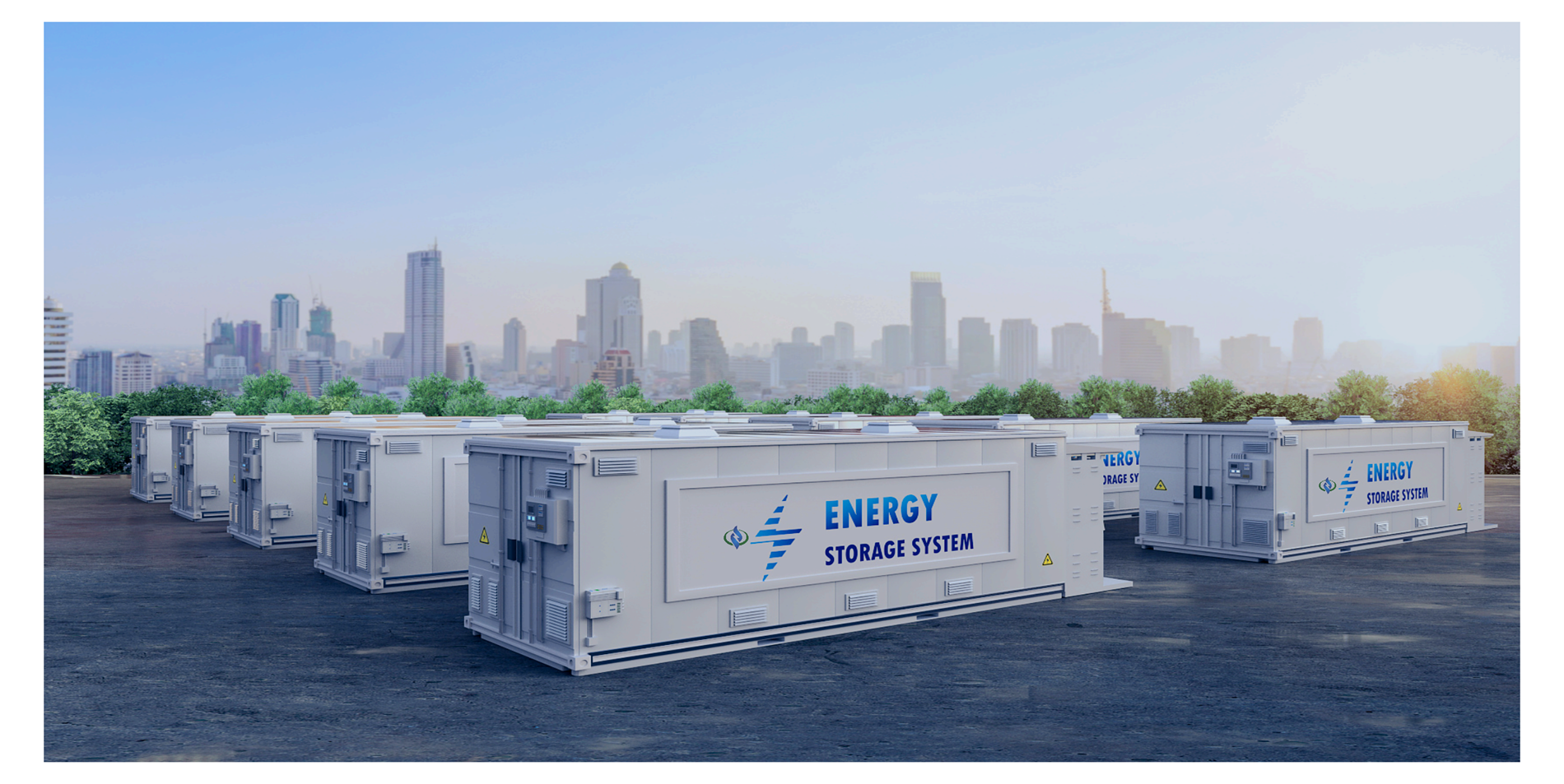How to Choose a Vacuum Defoaming Mixer for Battery Electrode Slurry
Upload Time:
Jul 10, 2025
How to Choose a Vacuum Defoaming Mixer for Battery Electrode Slurry,Battery electrode slurry (anode/cathode) demands perfect homogeneity, zero bubbles, and particle integrity to prevent coating defects and cell failure. Here’s how to select the right mixer:
1. Core Technical Parameters: Battery Slurry Edition
-
Vacuum Level & Stability:
-
Target ≤ 0.5 kPa absolute pressure to remove micro-bubbles trapped in viscous slurries.
-
Low leakage rate (< 0.3 kPa/hour) ensures stable vacuum during long mixing cycles (critical for NMP/PVDF-based cathodes).
-
-
Mixing Mechanism:
-
Planetary + Dual-Axis Mixing (Rotation + Revolution): Prevents particle agglomeration (e.g., graphite/SiOx anodes) while ensuring uniform conductive additive (CNT, carbon black) dispersion.
-
Speed Range: 10–100 rpm (low-shear) for active material preservation; 500–3,000 rpm (high-shear) for binder dissolution.
-
-
Capacity:
-
Pilot Lines: 1–5 L (e.g., BL-1000).
-
Mass Production: 50–200 L (e.g., BL-20000).
-
2. Material Compatibility: Battery-Specific Upgrades
-
High-Viscosity Pastes (≥ 50,000 cP):
-
Requires > 400G centrifugal force to homogenize thick cathodes (NCM/LFP + PVDF).
-
Scraper blades prevent dead zones in corners.
-
-
Corrosive Solvents (NMP, DMF):
-
316L stainless steel chamber + PTFE-coated seals to resist chemical degradation.
-
-
Shear-Sensitive Particles:
-
Programmable ramping profiles to gently mix fragile materials (e.g., silicon oxide anodes).
-
3. Efficiency & Battery Production Workflow
-
Continuous Processing:
-
Closed-loop feeding systems for solvent recovery (NMP) and dust-free operation.
-
Throughput: ≥ 50 kg/hour for GW-scale factories.
-
-
Slurry Consistency:
-
Real-time viscosity monitoring sensors to maintain target rheology.
-
4. Critical Smart Features
-
Precision Temperature Control (±1°C):
-
Prevents binder gelation (PVDF) or solvent evaporation during mixing.
-
-
Explosion-Proof Design:
-
ATEX-certified motors/vacuum pumps for flammable solvents (NMP).
-
-
Data Logging:
-
Records RPM, vacuum, temp, and torque for QC traceability (ISO 9001).
-
5. Industry Validation
-
Case Study:
A top-5 battery maker reduced coating defects by 90% using a dual-planetary mixer with 0.3 kPa vacuum and PTFE lining. Slurry stability exceeded 72 hours.
Selection Checklist for Battery Engineers
-
Define Slurry Properties:
-
Solvent type (aqueous/NMP), solid content (60–80%), target viscosity.
-
-
Prioritize Mixing Integrity:
-
Low-shear planetary mechanics + vacuum stability.
-
-
Demand Chemical Resistance:
-
316L SS/PTFE construction for NMP slurries.
-
-
Verify Production Readiness:
-
Throughput, solvent recovery, and CIP (clean-in-place) compatibility.
-
-
Test with Real Slurry:
-
Trial metrics: deaeration rate, particle uniformity (SEM), and coating adhesion.
-
Relevant News








